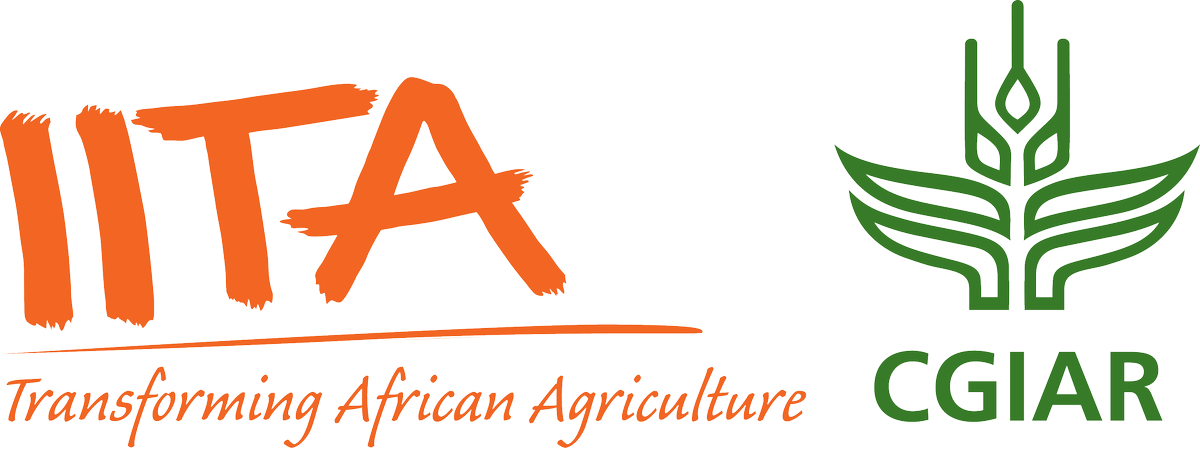Welcome to the International Institute of Tropical Agriculture Research Repository
What would you like to view today?
Effect-directed profiling and identification of bioactive metabolites from field, in vitro -grown and acclimatized Musa spp. accessions using high-performance thin-layer chromatography-mass spectrometry

Date
2020-04-12Author
Ayoola-Oresanya, I.O.
Sonibare, M.A.
Gueye, B.
Paliwal, R.
Abberton, M.T.
Morlock, G.E.
Type
Review Status
Peer ReviewTarget Audience
Scientists
Metadata
Show full item recordAbstract/Description
Bananas and plantains ( Musa spp.) are used as nutritious foods, and at the same time, are a source of phytoconstituents for the pharmaceutical industry. As biological activities of especially the pulp and peel of Musa spp. have been documented, this study investigated the variation in the secondary metabo- lite profiles of the leaves from field, in vitro -grown and acclimatized accessions. The genetic fidelity of the diverse accessions was assessed using diversity array technology sequencing. It showed that the in vitro -grown accessions were true-to-type with the field samples. The antioxidant and anticholinesterase activities of the samples from different culture systems (field and in vitro ) were evaluated by UV- spectrophotometry and compared to high-performance thin-layer chromatography-effect-directed anal- ysis (HPTLC-EDA). The latter was applied for the first time for effect-directed profiling of the polar and medium polar sample components via different biochemical and biological assays. Compound zones showed acetyl-/butylrylcholinesterase inhibition (zones 1–4), α-/ β-glucosidase inhibition (zones 1 and 2) as well as antioxidative (zones 1–3) and antimicrobial (zone 4) activities. Structures were preliminary assigned by HPTLC-HRMS. The HPTLC was effective for bioactivity-guided characterization of the bioac- tive constituents in Musa spp. accessions. Accumulation of useful metabolites, especially compounds with antioxidant and anticholinesterase properties, was higher in samples from in vitro system. This validated the use of plant tissue culturing as an alternative method for large scale production of plant material and supply of bioactive constituents.
https://dx.doi.org/10.1016/j.chroma.2019.460774
Multi standard citation
Permanent link to this item
https://hdl.handle.net/20.500.12478/6960Digital Object Identifier (DOI)
https://dx.doi.org/10.1016/j.chroma.2019.460774
